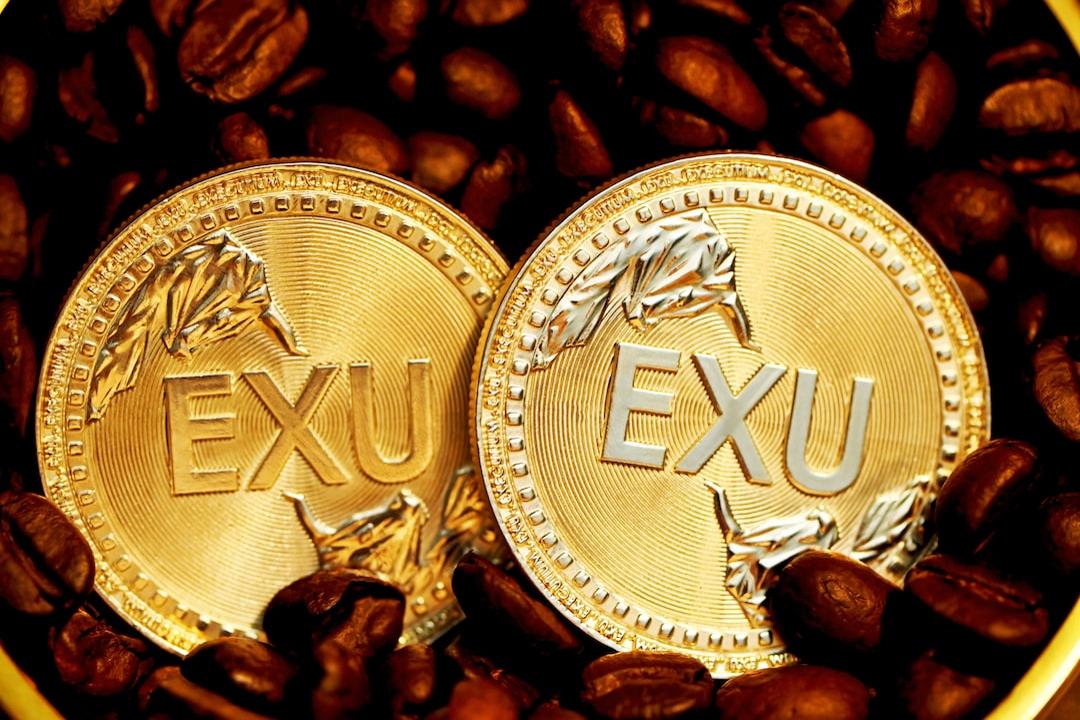Russia is currently contemplating the inclusion of stablecoins in an upcoming legislative bill, potentially authorizing their official use for conducting international payments. Alexey Guznov, Deputy Chairman of the Bank of Russia, announced that initial proposals have been tabled and discussions are underway. The Ministry of Finance has also confirmed active deliberations on this matter.
Russia to Introduce Regulations Allowing Stablecoins for Cross-Border Transactions
Russia is progressing towards incorporating stablecoins as a tool for international trade settlements. According to Alexey Guznov, Deputy Chairman of the Bank of Russia, the proposal has been initiated, and there are ongoing discussions regarding the approval of stablecoins for this specific purpose. Guznov acknowledged that certain technical aspects still require resolution, such as regulating the entire process chain enabling individuals and businesses to acquire, store, and utilize these digital currencies for international payments.
Guznov remarked:
“We are still shaping our understanding, and I anticipate it will soon be reflected in the draft bill.”
As reported by Izvestia, the Ministry of Finance’s press service has also affirmed active engagement in advancing this initiative. There is potential for this to become a permanent arrangement, mirroring the successful enactment of the Digital Financial Assets (DFA) law passed in March.
Several prominent figures in Russia have voiced support for utilizing stablecoins—tokens pegged to other assets or fiat currencies, primarily the U.S. dollar—for cross-border settlements due to their versatility and minimal volatility during transactions. Alexander Murychev, executive vice president of the Russian Union of Industrialists and Entrepreneurs, described them as “highly promising” in this context.
Similarly, Natalia Milchakova, a leading analyst at Freedom Finance Global, highlighted that stablecoin transactions are difficult for third-country regulators to track, making them attractive for conducting payments without concerns about secondary sanctions from Western nations.
These transactions are already occurring, albeit on a limited scale. Recent reports in June indicated that two major Russian metal producers were using Tether’s USDT to send and receive payments from Chinese counterparts.
Elvira Nabiullina, Governor of the Bank of Russia, recently indicated that the central bank has softened its stance on utilizing cryptocurrencies for international payments, promoting their use as a safeguard against Western sanctions.
What are your thoughts on Russia’s efforts to regulate stablecoin cross-border payments? Share your opinions in the comments section below.






